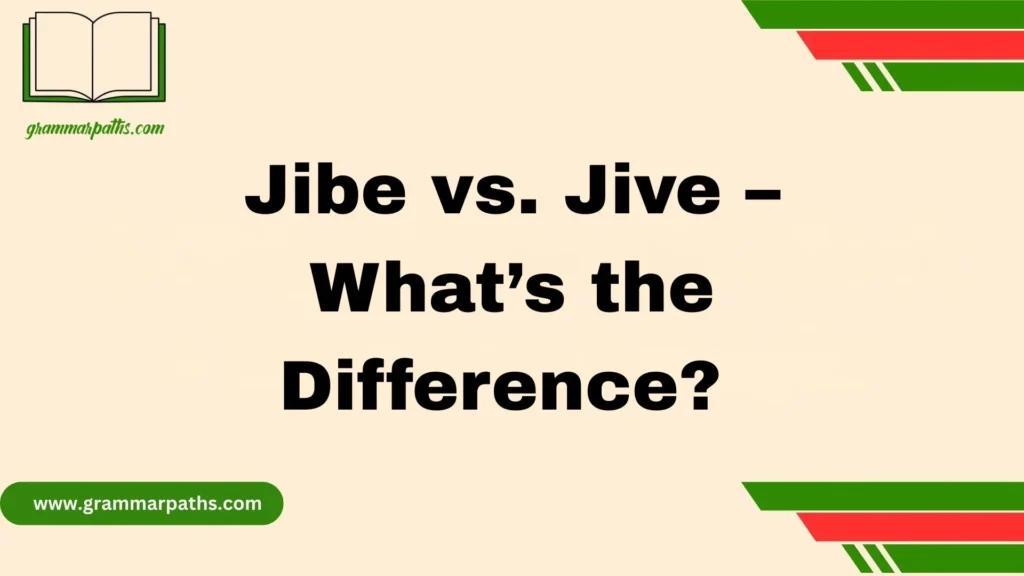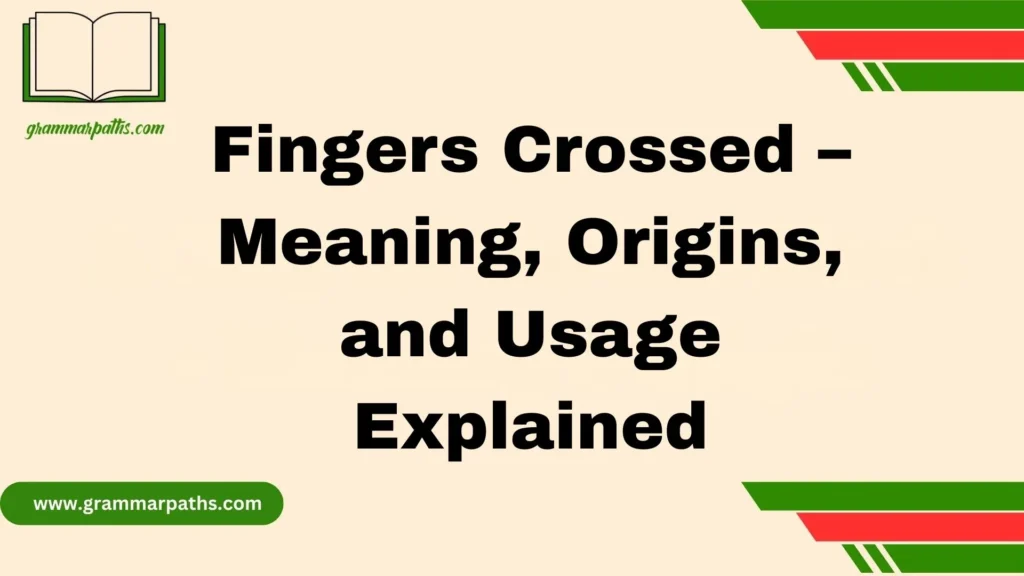Understanding the subtle nuances of English prepositions is key for both native speakers and learners. One common area of confusion is choosing between “Introduction To” vs “Introduction Of.” Though they may seem similar, they serve different grammatical and contextual purposes. “Introduction To” is typically used when referring to the beginning of a learning process or when explaining a subject to someone.
For instance, “This book is an introduction to data science” implies that the book helps readers learn about data science. In contrast, “Introduction Of” is used when something is being presented, announced, or brought into existence. An example would be, “The introduction of the new policy caused widespread debate.”
These differences may seem minor, but they carry significant weight in academic writing, business communication, and professional presentations. When used properly, these phrases can improve clarity, linguistic accuracy, and reader engagement.
Whether you’re writing a research paper, a technical manual, or a marketing plan, knowing when to use “Introduction To” vs “Introduction Of” ensures your message is precise and professional. This guide explores these distinctions in detail, helping you make informed choices and enhance your writing skills with greater confidence and fluency.
What This Article Helps You Understand
- Quick differentiation between “introduction to” and “introduction of”
- Meaning shifts depending on preposition
- Common mistakes people make
- Contextual examples from academics, business, and tech
- SEO-friendly usage to optimize your writing
- Expert guidance from style manuals and editors
Core Difference in a Nutshell
- “Introduction to” signals presentation or orientation—like welcoming someone to a topic or person.
- “Introduction of” focuses on launch or announcement—like formally unveiling a product or policy.
This simple shift from “to” (direction) to “of” (origin/content) changes your entire sentence meaning.
Deep Dive: What “Introduction To” Actually Means
“Introduction to” centers on providing a gateway or orientation.
✔ Grammar Context
- Often follows verbs like give, make, receive (e.g., She gave an introduction to the new software).
- Frequently appears in titles: Introduction to Psychology, Introduction to JavaScript.
✔ Common Collocations
- Introductory courses (to art, coding, literature)
- Personal intros (to a person or idea)
✔ Real-World Examples
- I attended an introduction to digital marketing webinar.
- He wrote a gentle introduction to quantum physics for beginners.
✔ Why It Matters
Use “introduction to” when your goal is orienting, guiding, or welcoming your audience to a subject or person.
Deep Dive: What “Introduction Of” Actually Means
“Introduction of” deals with bringing something into existence or formal announcement.
✔ Grammar Context
- Typically follows nouns and verbs like introduce, launch, announce (e.g., The introduction of GDPR changed data policies).
- Appears in contexts like business or policy launch events.
✔ Common Collocations
- Product launches, law enactments, feature rollouts
✔ Real-World Examples
- The introduction of electric cars disrupted the automotive industry.
- We reviewed the introduction of the new safety regulations.
✔ Why It Matters
Use “introduction of” when focusing on the creation, launch, or implementation of something new.
Sentence Examples: Side-by-Side Comparison
| Phrase | Example | Meaning |
| Introduction to | She gave an introduction to neuroscience at the conference. | Guided presentation |
| Introduction of | The introduction of smarter AI has reshaped customer service. | Formal launch / implementation |
Why Prepositions Change Everything
Grammar hinge:
- To = direction, movement toward
- Of = relation from, origin, part of
That tiny shift with prepositions recasts your entire meaning—what you’re communicating, who you’re addressing, and how your audience interprets it.
Common Grammar Mistakes (and How to Avoid Them)
- 🔴 Mistake: “Introduction of physics” when you meant to guide someone to physics.
✔ Fix: Use “introduction to physics.” - 🔴 Mistake: “They announced an introduction to the policy” instead of “of”.
✔ Fix: Use “introduction of the policy.”
✅ Checklist for Avoidance
- Read your sentence aloud—does it feel like a launch or orientation?
- If unsure, substitute “of” or “to” and see which conveys your message.
- Use tools like Google Docs grammar check or Grammarly to spot misplacement.
Applications Across Fields
- Academic: “Introduction to Sociology,” not “of.”
- Business: “Introduction of a new CRM,” not “to.”
- Legal: “Introduction of the bill,” not “to.”
- Technology: “Introduction to AI tools,” when teaching; “of an API,” when launching.
- Marketing: Use “to” to welcome, “of” to announce.
Pro Tips from Style Guides
- APA and Chicago Manual recommend:
- Use “to” for classroom/educational context.
- Use “of” for announcements or formal launches.
- Use “to” for classroom/educational context.
- University Editing Tip: Think—are you guiding or launching? Choose accordingly.
FAQs
Which is correct: introduction to or introduction of?
Both are correct, but they are used in different contexts. “Introduction to” refers to being introduced to a topic or person, while “introduction of” means presenting something new.
What is right: introduction to the speaker or introduction of the speaker?
“Introduction of the speaker” is correct when someone presents the speaker to an audience. “Introduction to the speaker” is used when someone is being personally introduced to them.
Which preposition is used with introduction?
The correct preposition depends on the context: use “introduction to” for subjects or people, and “introduction of” for the act of presenting something.
Is it an introduction to or into?
Use “introduction to” when referring to being presented with a topic or person. “Into” is rarely used with “introduction” and often sounds awkward or incorrect.
How can I write an introduction to?
Start with a hook, give background, and clearly state the purpose or topic. Keep it concise and aligned with your audience’s interest.
What is the rule of introduction?
An introduction should capture attention, provide context, and state the main idea or objective clearly. It sets the tone for what follows.
Conclusion:
In conclusion, mastering the difference between “Introduction To” and “Introduction Of” can significantly improve your written communication and linguistic precision. While both phrases involve the act of presenting something, they serve different functions depending on the context. Use “Introduction To” when you are referring to a learning experience, educational material, or a step-by-step guide aimed at helping someone understand a topic. On the other hand, choose “Introduction Of” when you’re discussing the launch, inception, or announcement of a new idea, policy, product, or concept.
By applying these insights into your writing, you’ll communicate more effectively and make a stronger impression. Always remember: use “Introduction To” when teaching, and “Introduction Of” when announcing. Master this distinction, and your writing fluency will noticeably improve.

Grace Marie is the dedicated writer behind GrammarPaths.com, where she shares her passion for English grammar, idioms, and writing mastery. With a strong background in language studies and years of experience helping learners improve their communication skills, Grace creates clear, practical, and engaging content that makes English easy to understand.












